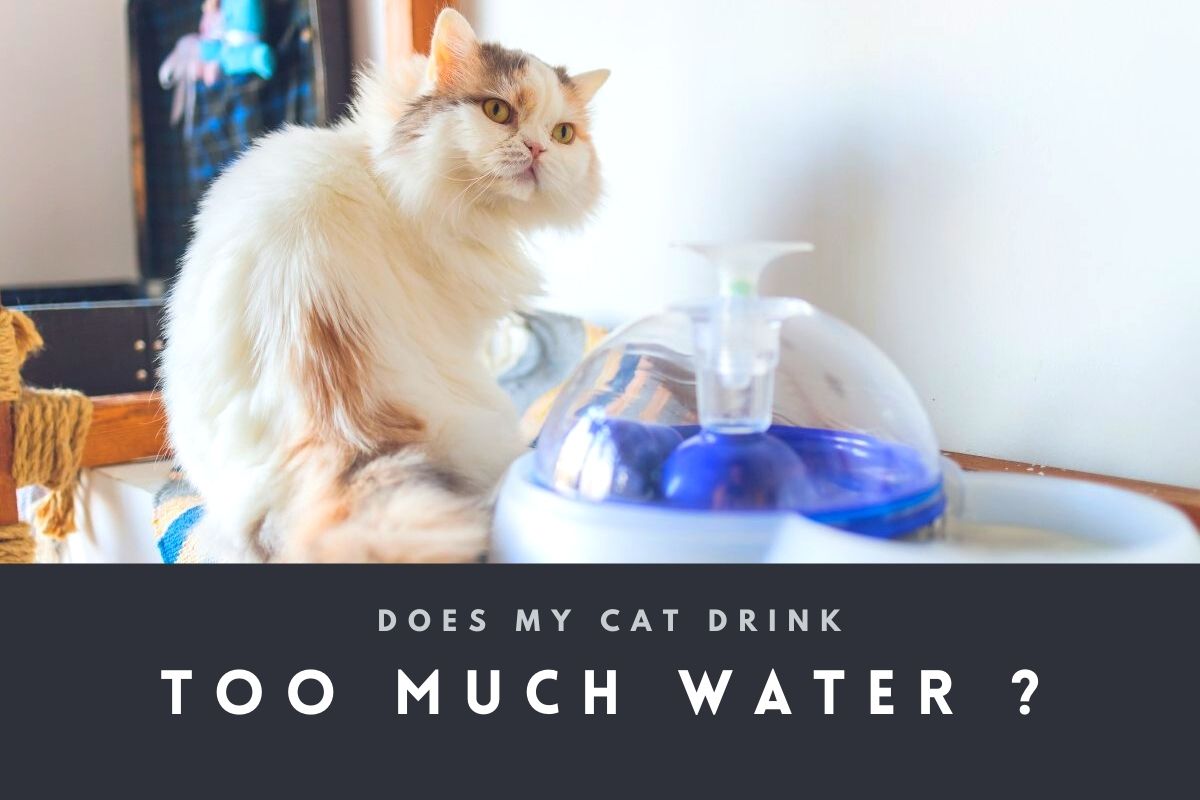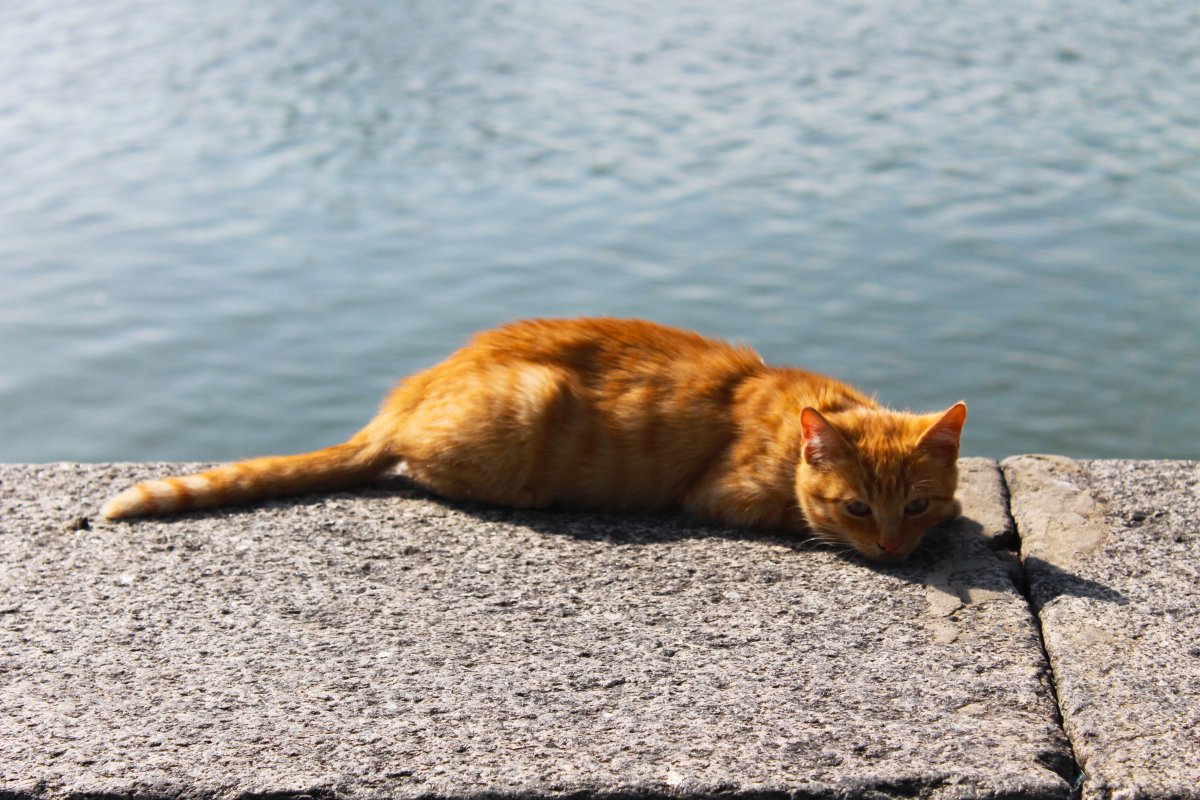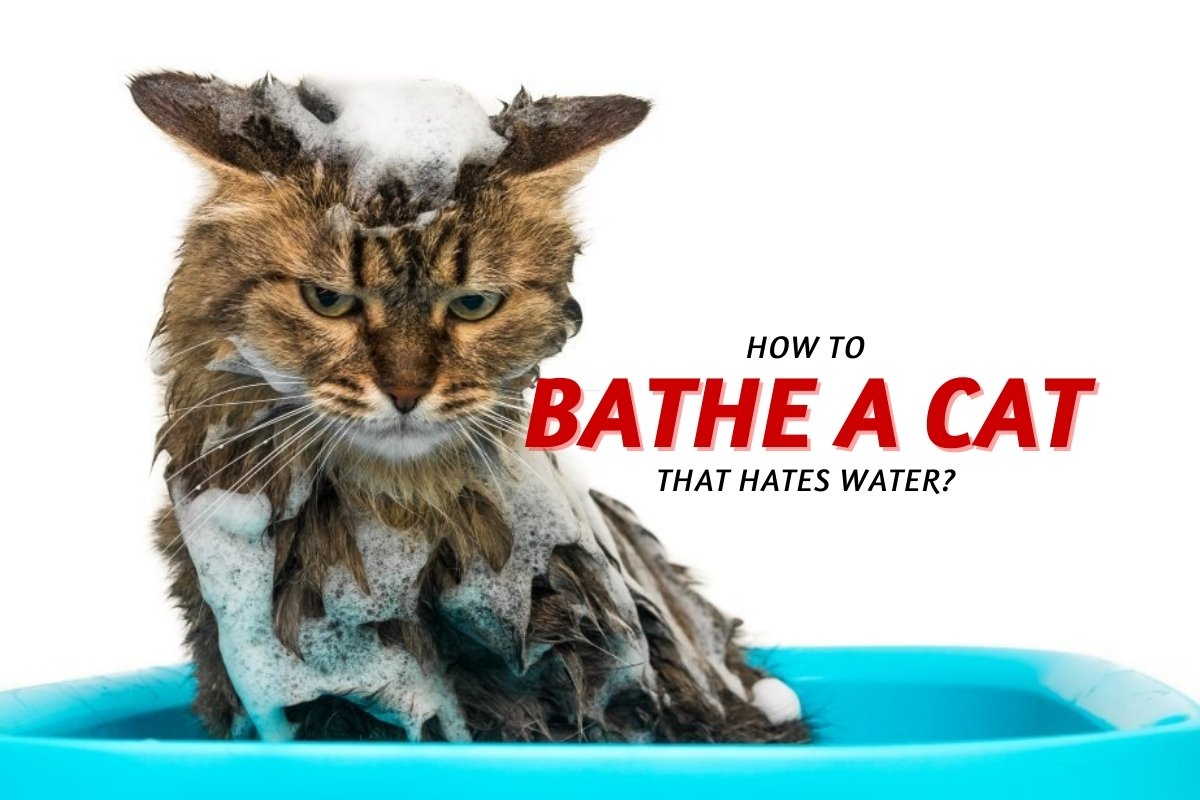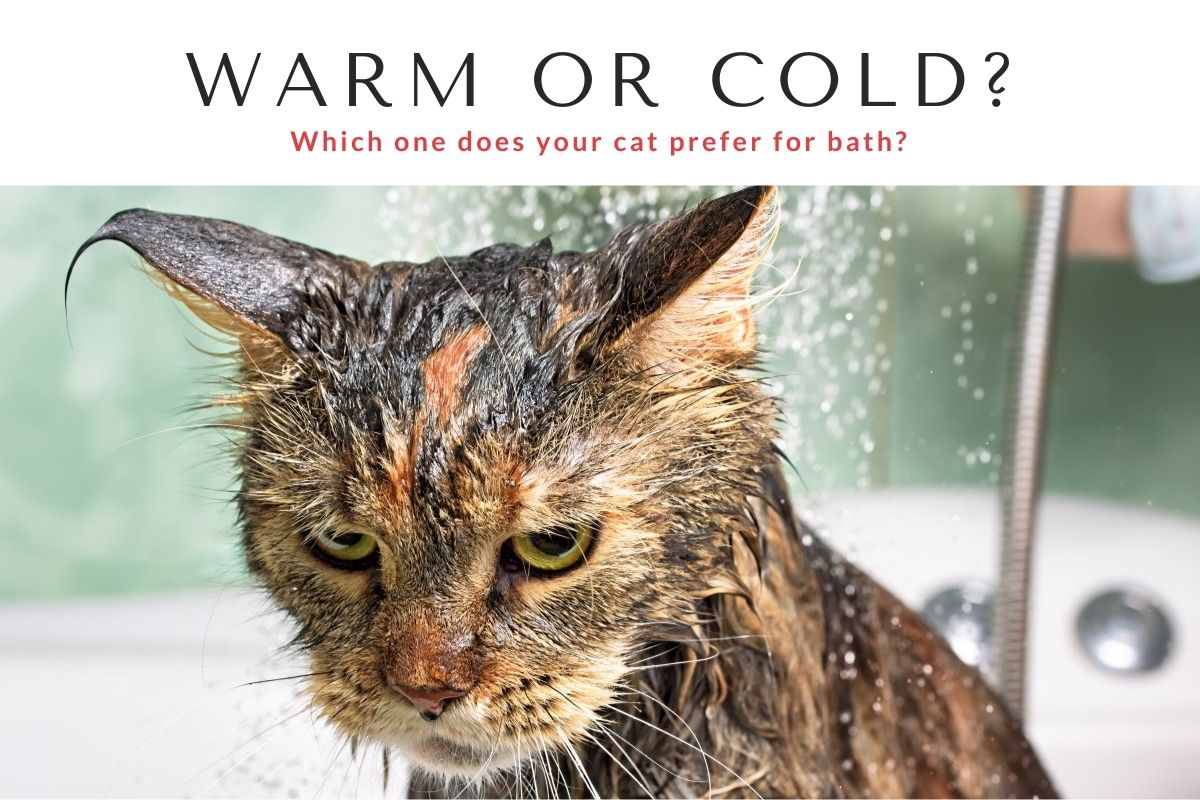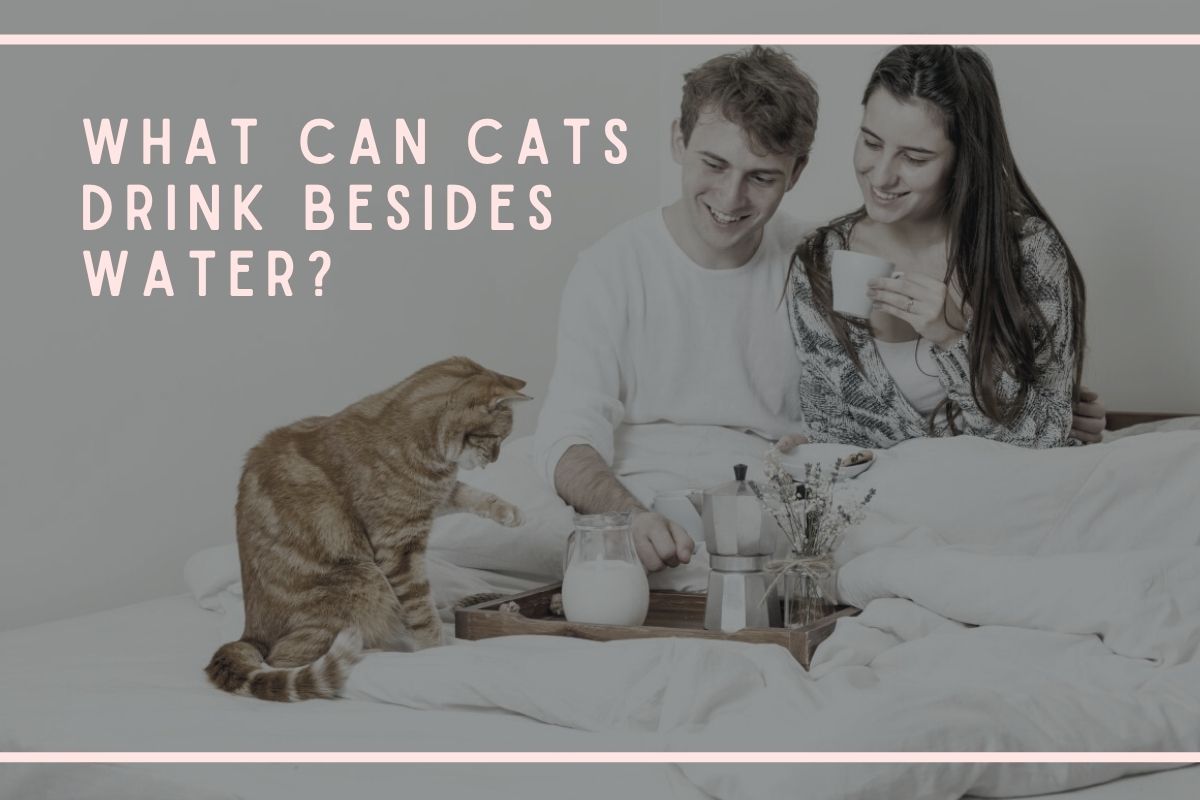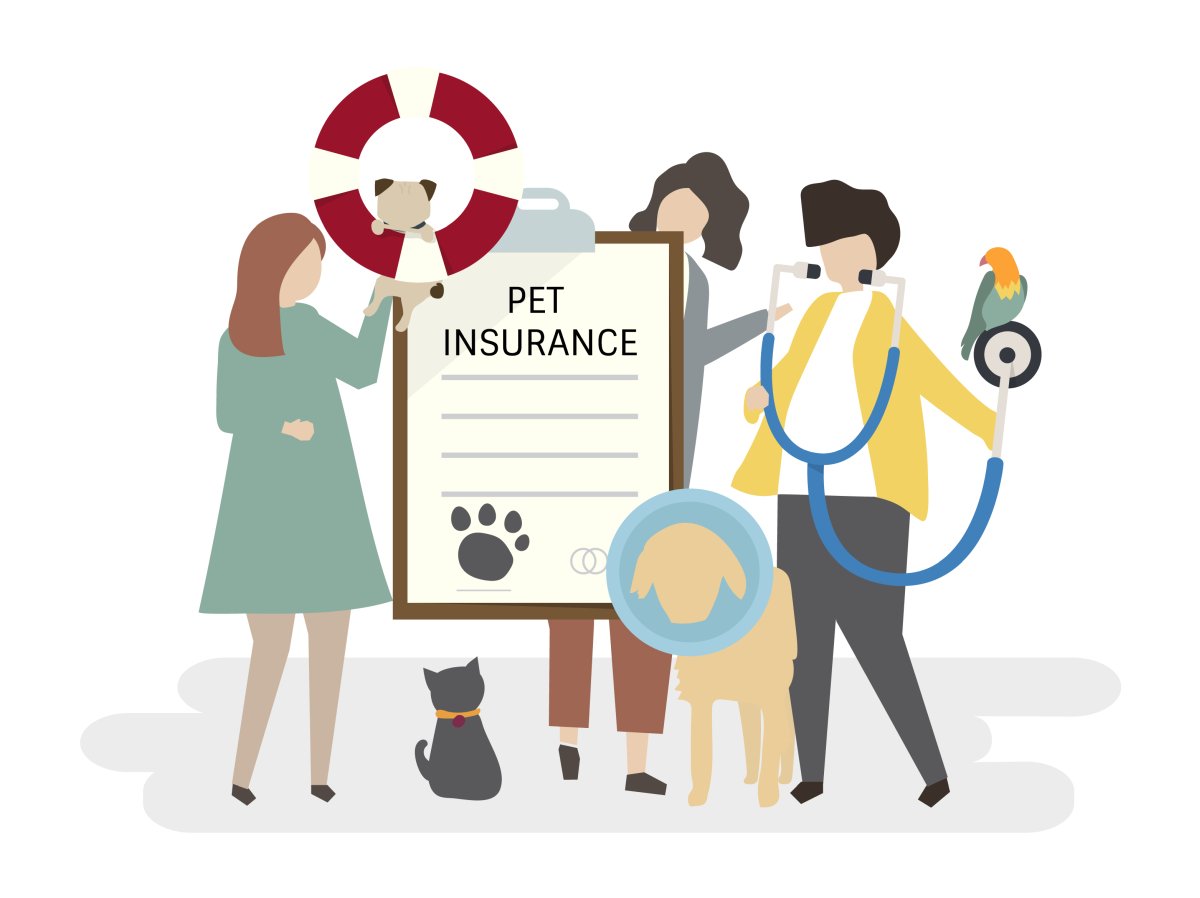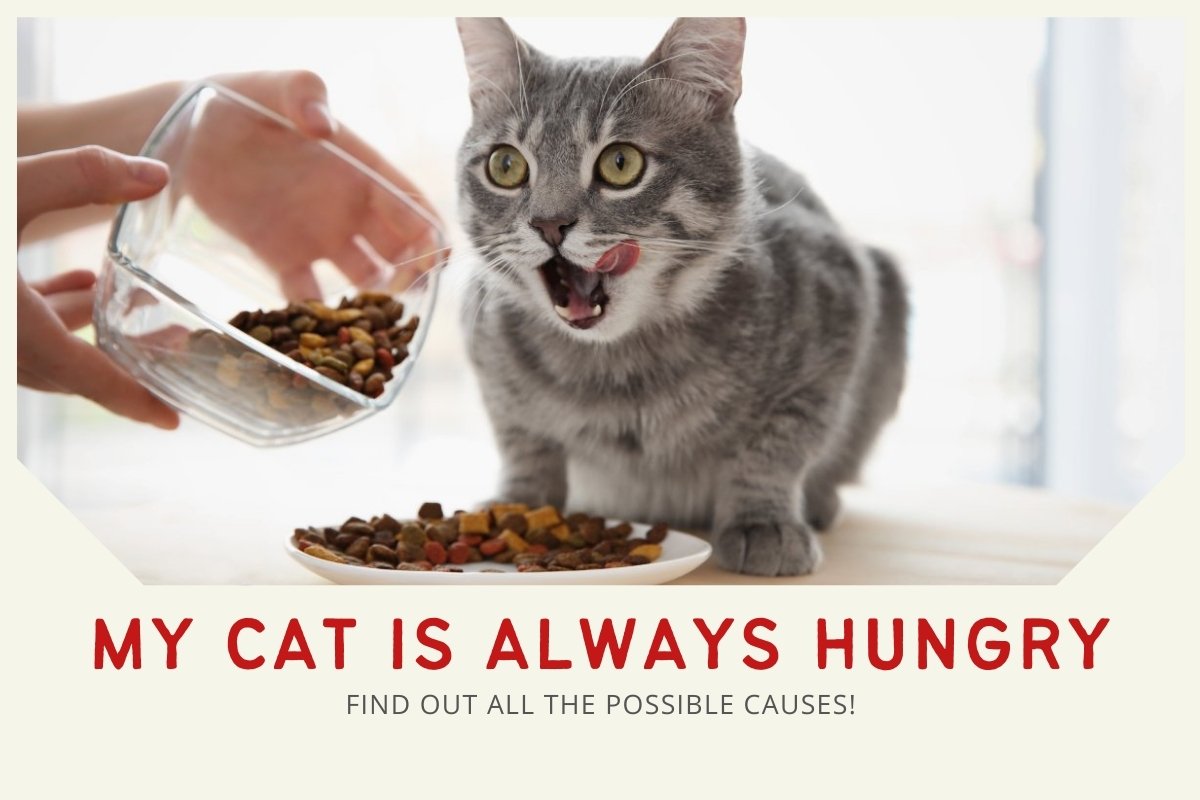Cats usually tend to drink an average amount of water, and it usually depends on the types of diet they have. Cats on a wet food diet tend to have large amounts of water they need from the food. In contrast to the cats on a dry food diet that doesn’t contain much water, they tend to drink more water.
However, there are many other reasons why your cat might be drinking a lot.
Increased In Thirst
If you notice that your cat is drinking more than usual, it is important to know why. The most common reasons why cats might start drinking more are the following.
- Kidney dysfunctioning
- Liver disease
- Diabetes mellitus
- Urinary tract disease
- Hyperthyroidism
- Loss after vomiting or diarrhea, i.e., Compensatory increase in water intake
Monitoring the Water Intake
If you are concerned about how much your cat is drinking water, monitoring it won’t be such a bad idea. It is useful to monitor your cat’s water intake for 24 hours by filling the water bowl to the brim and then measuring the amount left every time it moves from the bowl.
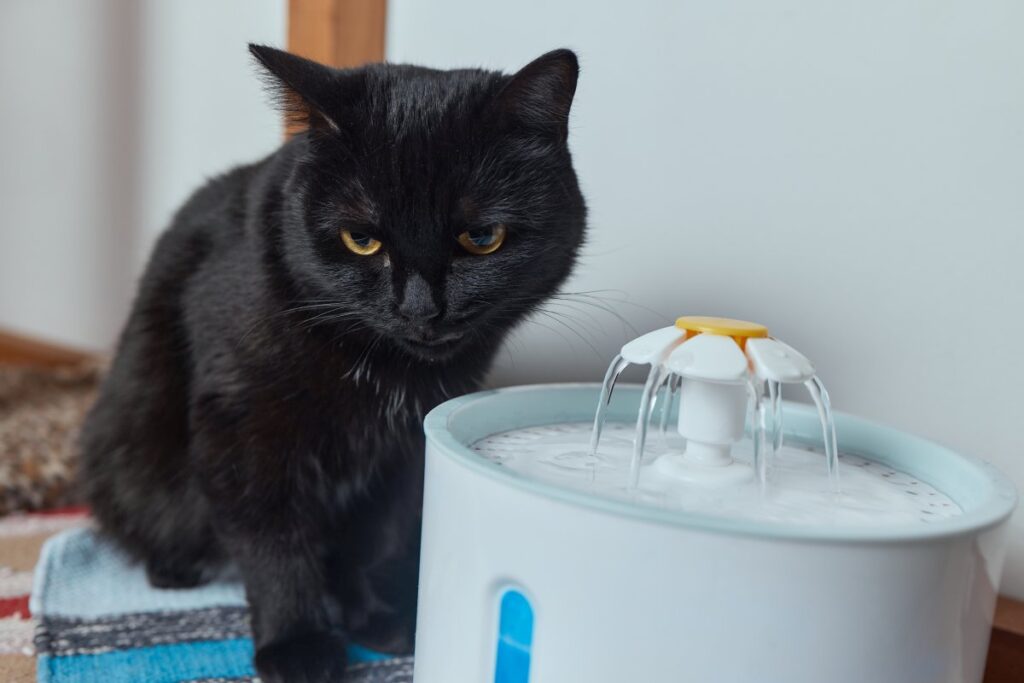
How Much Should Cat Drink Water?
It is essential to understand that every cat is different. It consumes water in different amounts, depending on how they feel, their lifestyle and habits, and the weather. A cat who lives in a cool place might not need to drink a lot of water, but the active cat who spends most of its time playing in the heat would consume more water.
A kitten up to 3 months old weighs around 1.4 kgs, so it should consume around 70ml of water daily, whereas a kitten that is six months old weighs 2.7 kg, and it should consume around 135ml of water daily. A medium or adult cat who weighs about 4 kg should drink approximately 200ml of water daily. In contrast, a larger cat that weighs 6kg should ideally consume 300ml of water daily.
How To Know If Your Cat Is Drinking More Water?
Keeping in check and monitoring your cat’s water intake isn’t the most straightforward task. Watching your cat and observing it every minute for 24 hours is impossible; hence you should try other things to measure how much your cat is drinking. There are three main ways you can know how much your cat is consuming water, and that consists of:
- Checking the water bowl more than usual
- Number of times the water bowl has been refilled
- Drinking water from places expects the bowl, e.g., the taps or the ponds. This is also normal behavior for the cat, but excess can mean something. This is why cats need to be observed and checked on numerous times.
Reasons behind Why Cats Might Drink Water More Than Usual
Diabetes
Two types of diabetes occur in cats. One is water diabetes, whereas the other is Mellitus diabetes. Diabetes mellitus is a common form of diabetes within cats that is seen more often. It can be a lifelong issue due to insulin deficiency, which mainly causes sugar regulation failure in your cat’s body.
Some signs of this diabetes include being thirsty a lot, along with urinating a lot as well. It can also cause a lack of appetite and weight loss in cats. Moreover, water diabetes means the inability to control the water level in the body. Water diabetes isn’t that common in cats, and symptoms include dehydration, diluted urine, and increased urination.
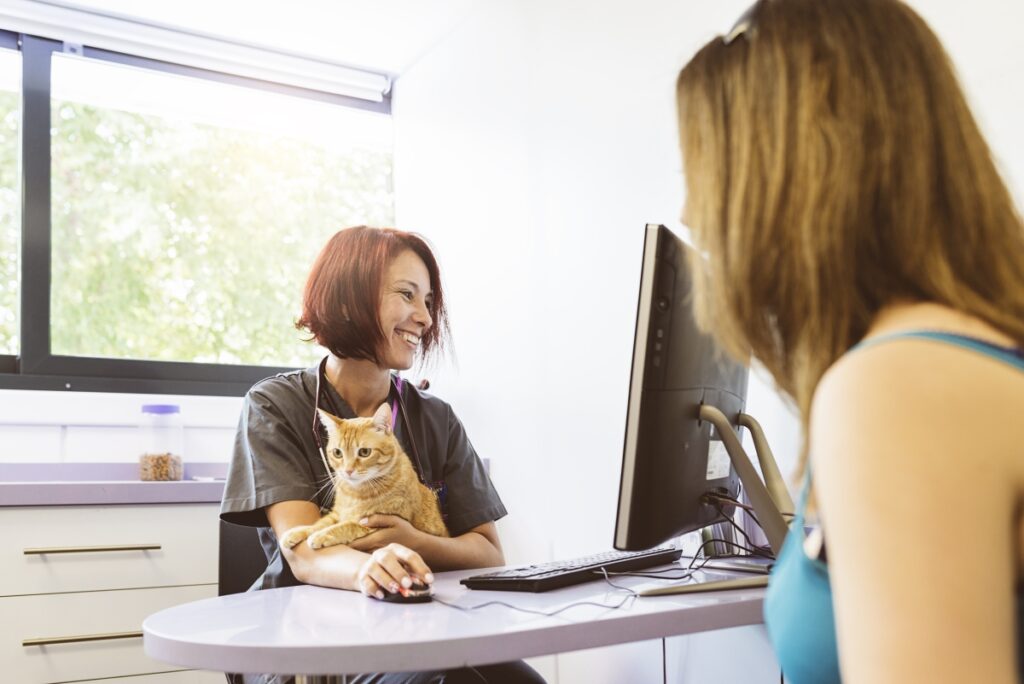
Hypocalcaemia
This disease occurs when there is a rapid and fast increase of calcium within the body. This causes severe conditions, e.g., kidney failure and cancer scares. The major symptoms of hypocalcemia include drinking a lot of water and loss of appetite. Moreover, it causes sleepiness and depression as well.
Hypotension
Hypotension means low blood pressure in cats, which is caused mainly due to severe dehydration in cats. It also causes shock, heart disease, kidney failure, and excessive blood loss. Moreover, the cat might show fainting, dizziness, or signs of collapsing due to excessive water intake.
Hypothermia
This is fever, in which there is an increase in the cat’s body temperature. This is noticeable, as the cat might act ill before cat parents notice the fever.
Kidney Disease
Kidney diseases in cats occur due to many reasons. Some cats are old or experiencing serious injuries and chronic diseases. It is more common in most cats than in some.
The symptoms usually include loss in appetite and loss in weight, excessive scratching, weakness, depression, and low body temperature. High water intake is one of the obvious symptoms.
Hyperthyroidism
Hyperthyroidism is a disease in cats that occurs due to the excessive production of thyroid hormones from the thyroid glands. This affects the cat’s entire body and leads to symptoms like excessive water intake, vomiting, depression, weight loss, and physical and bad coat condition. This is common in cats who are aged more than seven.
Liver Disease
The liver is essential for humans, and it is crucial too for cats. This is because the liver filters the toxins in the cat’s body. It is responsible for the processing and storing the nutrients in the body.
It is in charge of breaking down the carbohydrates and the production of bile and albumin. Symptoms include excessive water drinking and a swollen abdomen, jaundice, weight loss, pale gums, vomiting, diarrhea, dark urine, drooling, and lethargy.
Final Thoughts!!
Conclusively, excessive water intake in cats doesn’t always mean that the cat is experiencing a disease. However, if you feel like your car is unusually consuming water, make sure you get it checked by the vet. High water intake can occur due to many diseases and reasons, and many of these diseases have similar symptoms. Hence, it is best to get your cat diagnosed by the vet.

